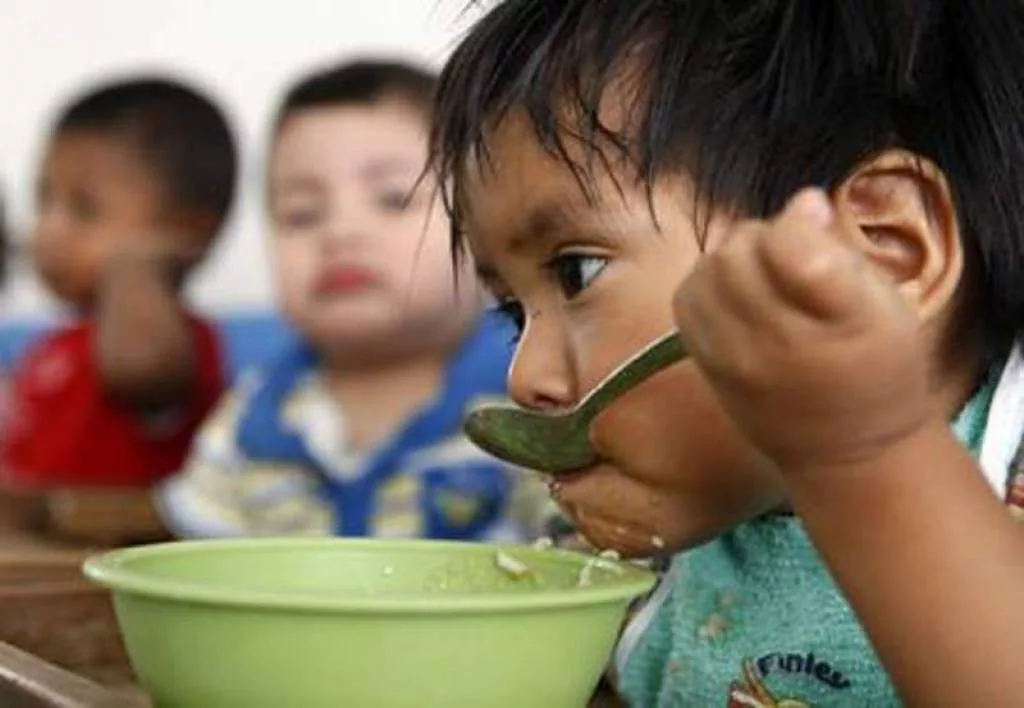In the heart of Central America, Guatemala has not only prioritised children’s education, but also taken significant strides in safeguarding their health. The School Nutrition Law, enacted in September 2017, stands as a beacon of commitment to addressing the high rates of malnutrition prevalent in the country, aiming to foster proper cognitive and physical development among the younger generation, as highlighted by the International Fund for Agricultural Development (IFAD).
Amid Guatemala’s struggle with alarming malnutrition rates, the School Nutrition Law emerged to ensure that food-insecure children not only stay in school, but also receive nutritious meals. Many of these children were said not to have enough to eat from their homes. An essential element of this legislation mandates that half of the produce for these meals is sourced locally by providing support to farmers within the community.
As of 2021, IFAD reported that Guatemala grapples with the fourth-highest rate of malnutrition globally, with over 50 per cent of children under the age of five experiencing stunted growth. The Food and Agricultural Organisation (FAO) report reveals another noteworthy commitment to this cause. The national budgetary allocation for school meals, which was a meagre 1.11 Quetzales (USD 0.15) per child per school day, saw a substantial increase to 3.00 Quetzales (USD 0.41) in early 2018. Further increments, reaching 4.00 Quetzales (USD 0.54), were slated for 2020. These financial adjustments aimed to ensure more nutritious meals, providing adequate portions and combinations to meet the specific calorie, protein, and micronutrient requirements of schoolchildren aged 6 to 12.
The School Nutrition Law in Guatemala stands on five pillars (FAO):
1. Inter-sectoral coordination and social inclusion: Collaborative efforts to ensure holistic implementation.
2. Food and nutrition education and school gardens: Educating children about nutrition while promoting sustainable practices through school gardens.
3. Improvement in school infrastructure: Creating an environment conducive to health and learning.
4. Adopting healthy and culturally-sensitive school nexus: Recognising the importance of cultural preferences in fostering acceptance of nutritious meals.
5. Direct public purchases from local family farming: Boosting local economies through the procurement of food items.
Other countries that have embraced school feeding law include Bolivia, Brazil, Honduras, and Paraguay. However, as of the latest Global Nutrition Profile Report in 2024, while progress is being made in addressing childhood stunting, Guatemala still faces considerable challenges in overcoming the complex issue of malnutrition among its young population.
Consequences for other nations, especially in Africa
The progressive success of Guatemala’s School Nutrition Law holds valuable lessons for other nations grappling with child malnutrition, particularly in Africa. By prioritising inter-sectoral coordination, education, infrastructure improvement, cultural sensitivity, and direct support to local farmers, countries can establish comprehensive frameworks to combat malnutrition. For instance, a parallel initiative in an African nation could involve adopting similar legislation that not only ensures nutritious meals for schoolchildren, but also empowers local farmers, promoting sustainable agriculture. This not only addresses child malnutrition, but also contributes to economic development within communities.
Failure to address child malnutrition has severe consequences for other nations, especially in Africa, where many are tackling this issue. Without concerted efforts and innovative approaches like Guatemala’s School Nutrition Law, these countries risk perpetuation of cycles of poverty and underdevelopment, reduced educational attainment, and long-term health challenges among their youth. For instance, consider a scenario where a nation in Africa, struggling with high child malnutrition rates, adopts a similar comprehensive approach. By investing in education, local agriculture, and culturally-sensitive nutrition programmes, this nation could break the cycle of malnutrition, creating a ripple effect on societal well-being. In conclusion, Guatemala’s journey in tackling child malnutrition through the School Nutrition Law serves as an inspiring example for nations globally. Embracing comprehensive strategies can not only improve the health and well-being of children, but also fosters sustainable development within communities.


1 Comment
if only our government would follow this sa